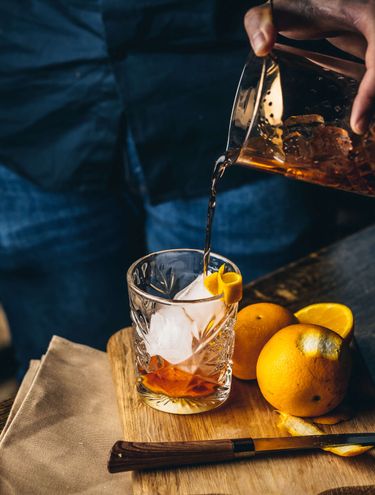Our Food & Drink
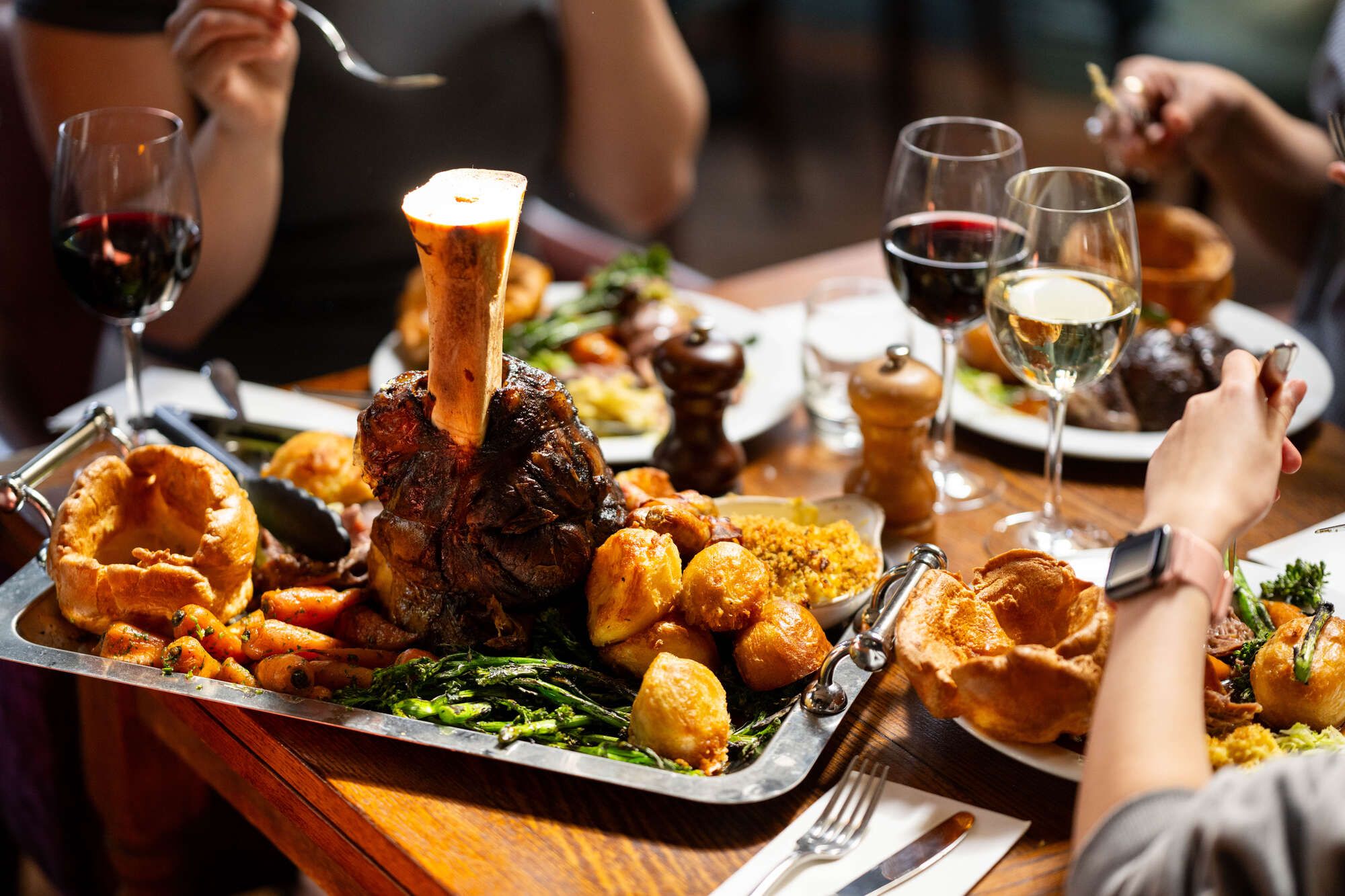
The Best Seasonal British Food
As winter rolls in and the air turns crisp, our kitchens are celebrating the season the only way we know how, with hearty dishes, bold flavours, and the very best British produce. Over the coming months, you’ll spot beautiful new additions to our menus, each one inspired by the fields, farms, and coastlines of Britain.
Think rich, comforting flavours, wholesome ingredients, and a few indulgent twists along the way, all crafted with care, sustainability, and seasonality at heart. Keep your eyes peeled and your appetite ready…
Our Food & Drinks
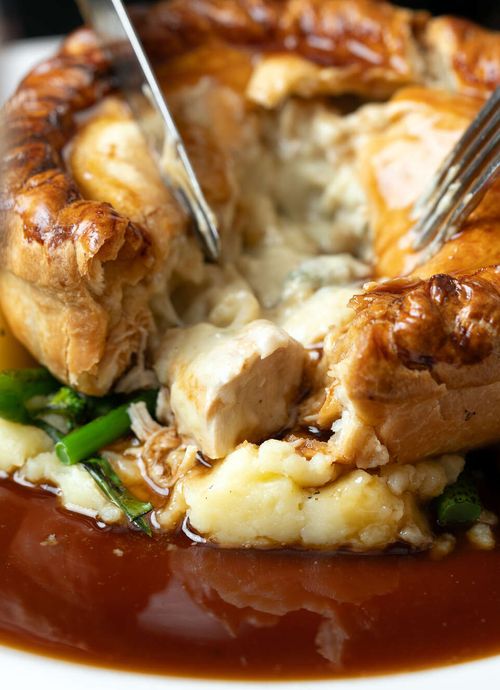
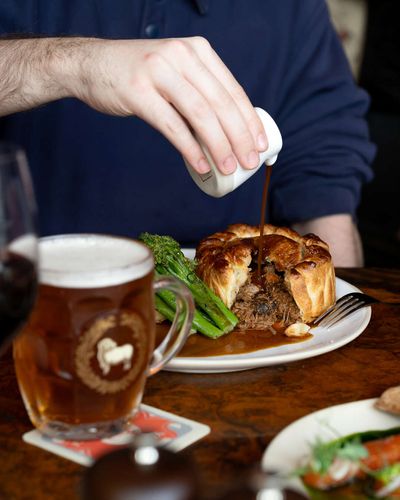
Winter at the pub is all about comfort, flavour, and those slow, satisfying meals that make you want to linger a little longer. Expect heartier dishes on our menus, celebrating the best of British seasonal produce, from rich, warming mains to beautifully rustic sides that bring the taste of the season to your plate.
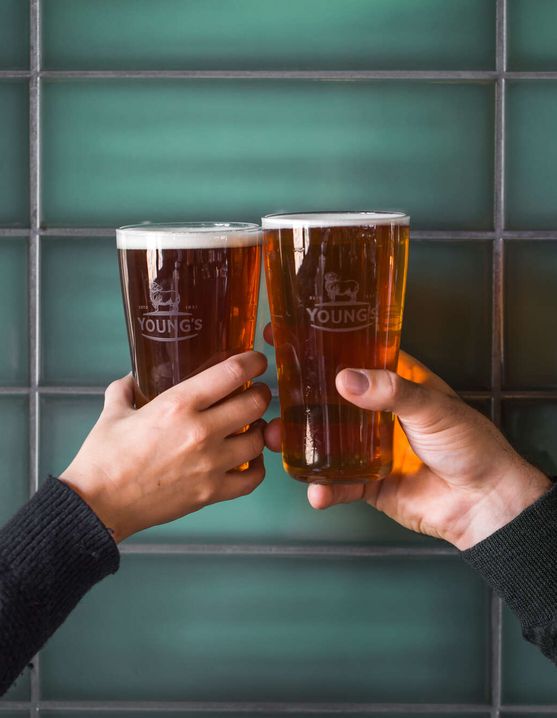
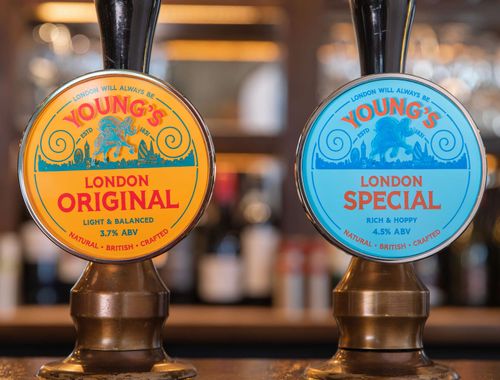
A True London Original
With 193 years in industry, it’s safe to say that when it comes to great beer we know a thing or two. So, we decided it was time for a change, and paying homage to our rich brewing heritage we launched our shiny new pump clips and *brewtiful* glasses across our pubs.
After months of deliberation (mainly in the pub of course), we finally decided we wanted to bring our designs back to our London roots, proud that we have been a London brand since 1831. Now of course we absolutely LOVE our new designs, but what better way to find out what our pubs thought than to pay them a visit.
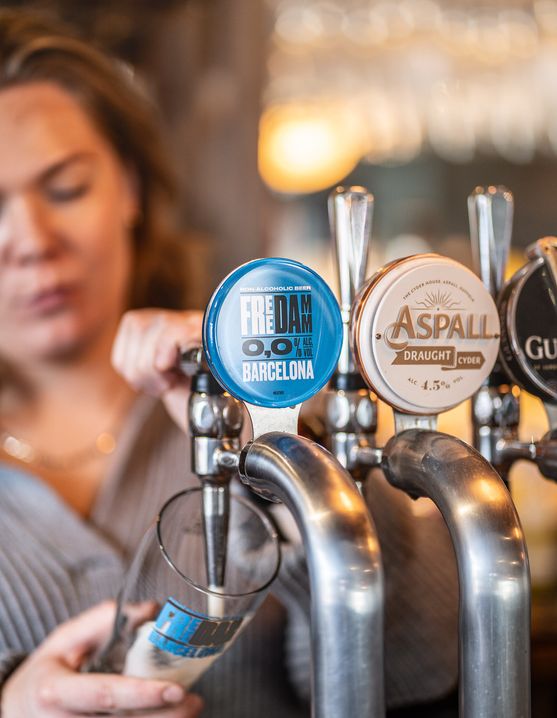
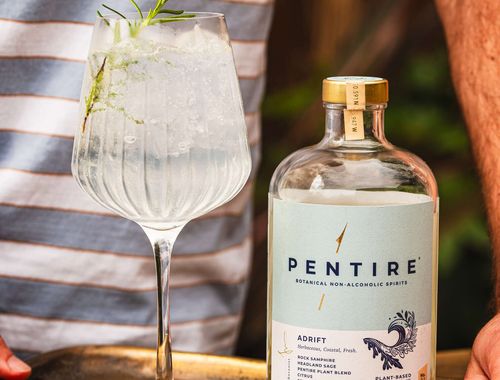
No and Low Alcohol
While traditional alcoholic beverages have always been a cornerstone of the pub experience, we recognise the growing demand for no and low alcohol options. We understand that not everyone wants to indulge in alcoholic drinks.
Scroll for more
Scroll for more
Dine Alfresco
Dine Alfresco
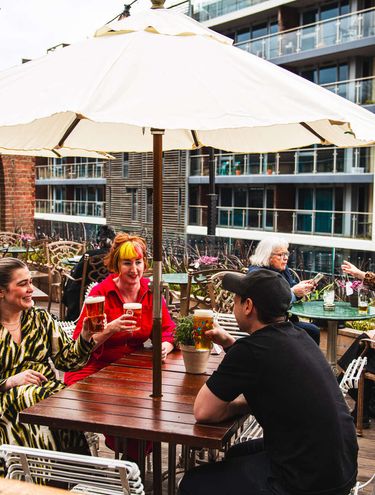
Order To Table
Order To Table
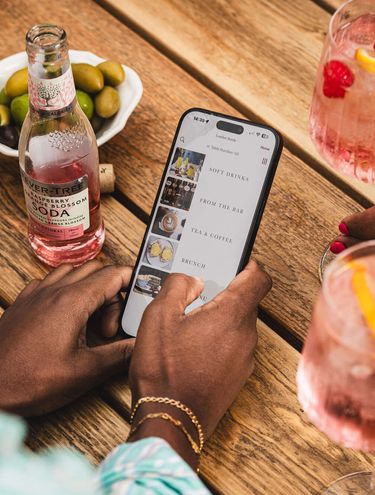
Burger Shack
Burger Shack
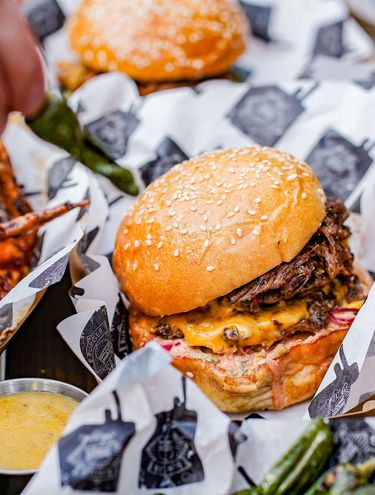
Magnums & Jeroboams
Magnums & Jeroboams
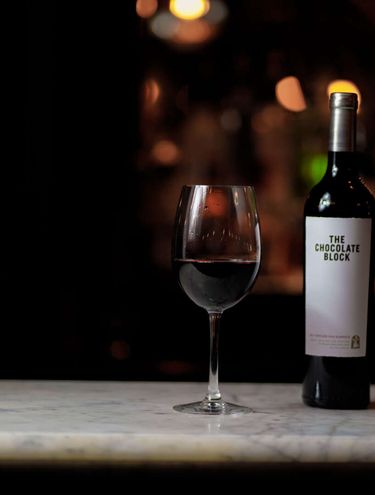
Cocktails
Cocktails
